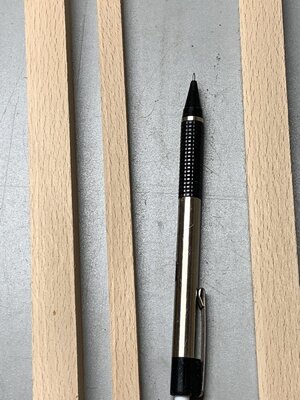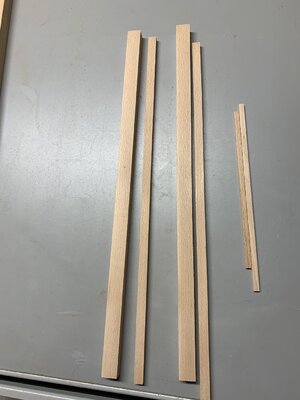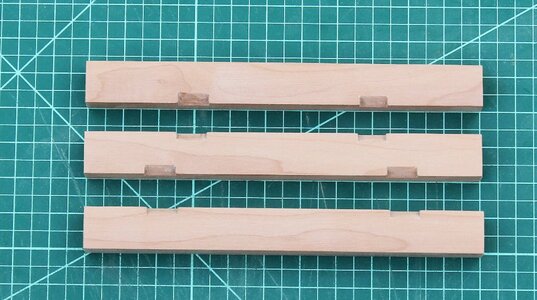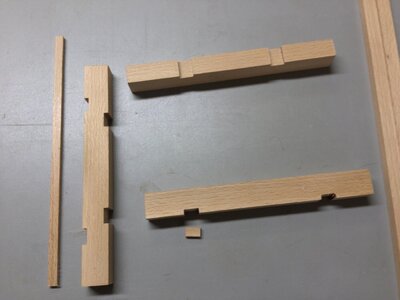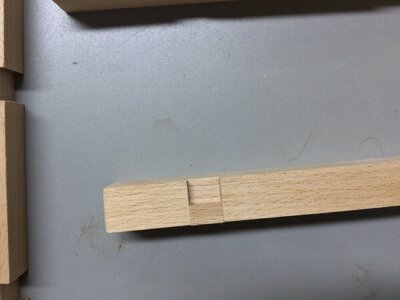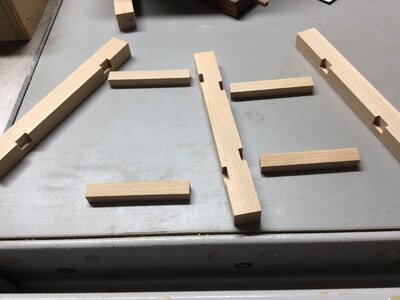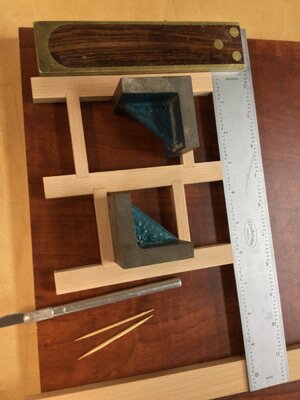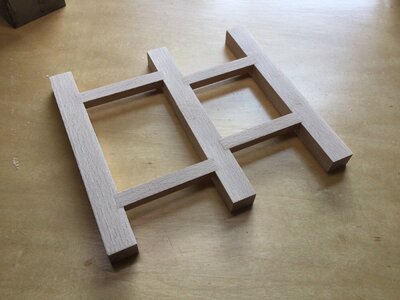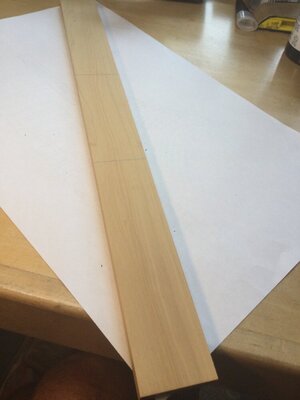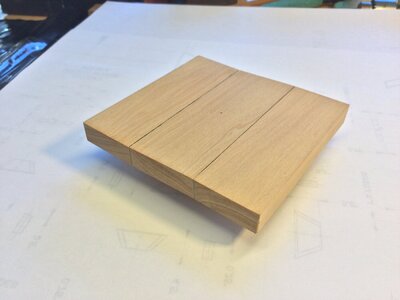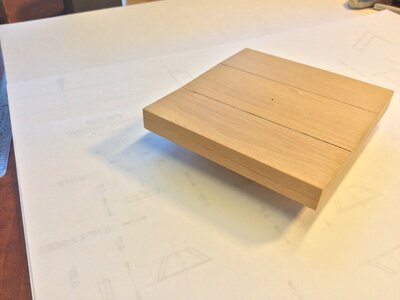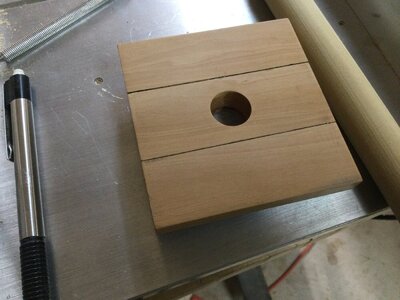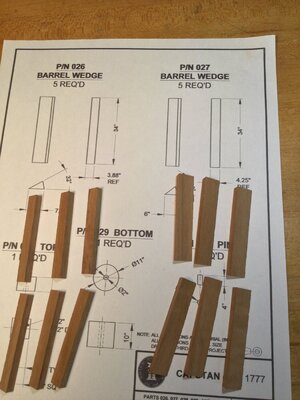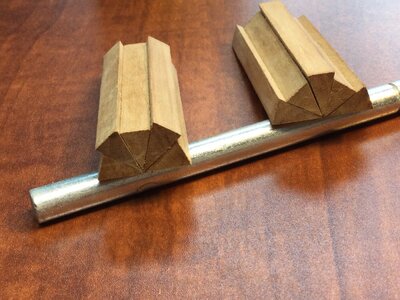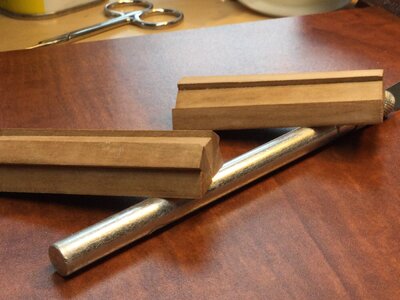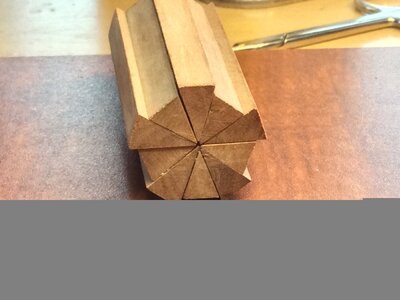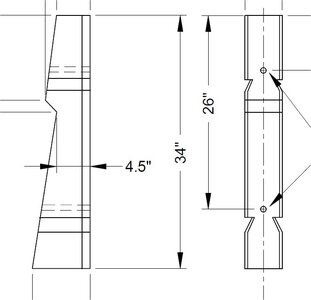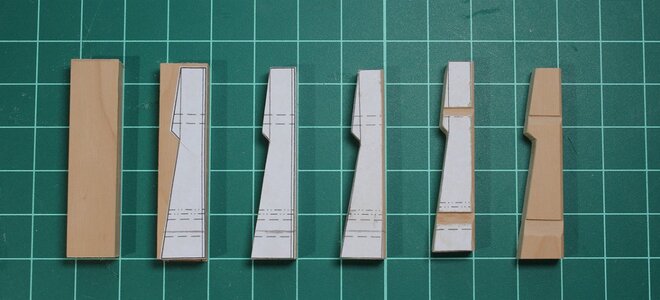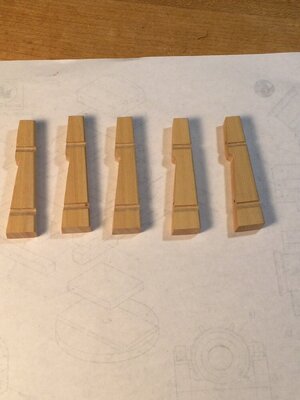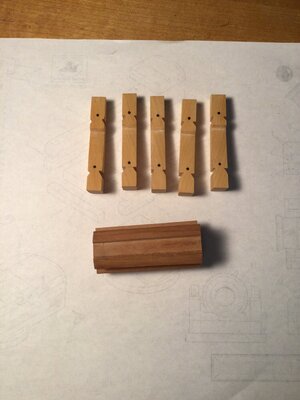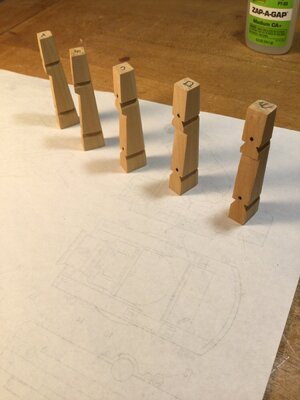This will be my build log for a scratch built English Naval Capstan circa 1777, The scale is 1:16 (3/4” = 1’). Toni Levine, a name familiar to many of you, produced the plans and accompanying practicum. Toni was assisted by Mike Lonnecker, Bob Andreotti and Alan O'Neill. The result was 29 individual sheets in the planset. The model is only 6” X 6” in size without the capstan bars, so you get the idea as to the level of detail in those plans. In addition, although drawn in 1:16 scale for the most part, all measurements are given in real-life size, so scaling up or down is relatively easy to do. There are actually two versions of the practicum in the package. The first is for intermediate modelers who may own a Dremel tool and a miniature table saw. The second requires owning and knowing how to use a lathe and a mill. I don’t have a mill so I opted for the intermediate version . As is my preference, I’ll try to avoid paint or stain in the build. The bulk of the timbers will be beech, boxwood, pear , bloodwood and holly. Below is the frontspiece from Toni’s practicum showing the finished capstan.








